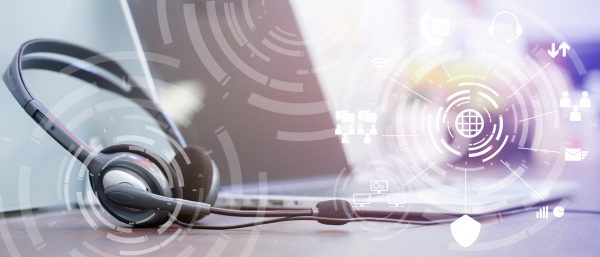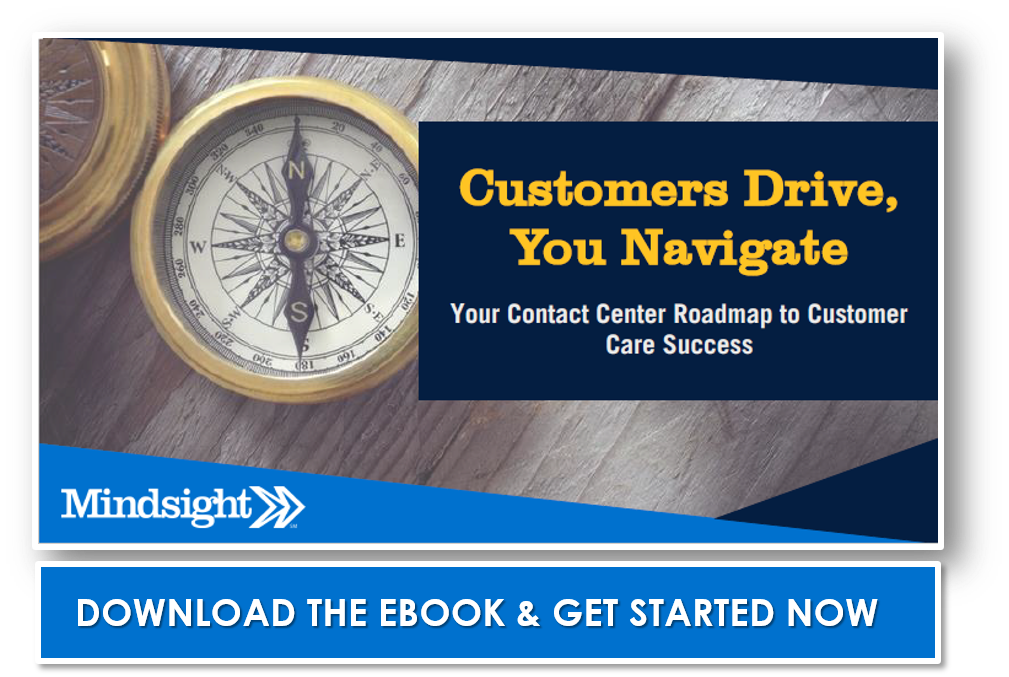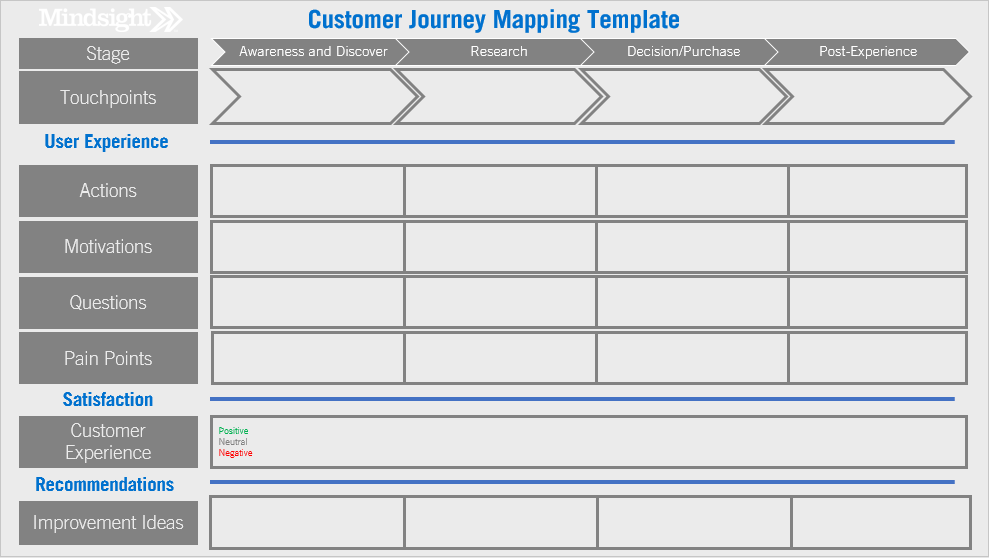October 30, 2018 by Siobhan Climer
Contact and call centers serve as an important point along the customer journey; however, overreliance on the call center as a communication channel is a risky path to take. Exorbitant call volumes negatively impact the customer experience as hold times increase, agent knowledge fails to meet more diverse needs, and customers expect more from their contact center interactions.
Successful companies build integrated omnichannel solutions that provide parallel paths for customers on their journey. By diverting traffic from the call center, businesses can leverage other channels to reduce call traffic. How do companies successfully introduce call reduction strategies into the business model?
The answer? Strategically.
Add One Channel At A Time
Facebook. Email. Twitter. Chatbot. Yelp. Reddit. Instagram. The options for channels on which to communicate with your customers are endless. But adding every available channel isn’t what you want to do. In fact, using too many channels can be detrimental to your business. When the idea of omnichannel took root in the contact center, it was described as the next step in the evolution of multichannel. And the key difference between the two is integration. Adding every channel is multichannel. Integrating those channels into a strategic, mapped customer journey is omnichannel.
Too many channels leave you unable to respond in a timely manner to your customers. Adding the wrong channels might confuse or divert your customers. Adding the right channel is one of the best call reduction strategies you can implement.
If you are considering adding or adjusting your contact center strategy, read our eBook Customers Drive, You Navigate: Your Contact Center Roadmap to Customer Care Success. Let us know how we can help you implement omnichannel solutions and call reduction strategies for your business.
Strategic Omnichannel Example
Consider it this way. A manufacturing production and shipping company – let’s call it the Deerfield Company – fields calls from customers looking for an update on a delivery. Now, they could add a Facebook or Twitter for clients to get in touch with them, 24/7. In reality, though, those customers call looking for specific information. In this example, a self-service phone system or webpage that provides real-time tracking information will answer most of the customers’ questions before they hit the call center – reducing call volume and enabling the business to either reduce call center staff or utilize human resources more efficiently.
Most businesses that do omnichannel (or channel-less) effectively focus on doing one thing well as opposed to doing many things poorly. Adding one channel at a time and learning how to best utilize that channel for your clients tops the list in call reduction strategies.
Call Reduction Strategies Improve The Customer Experience
Customer service shouldn’t be your objective. You provide customer service when your product or service doesn’t work as expected. Your customers call when they need help, more information, a fix or solution, or your guidance. The key is developing a customer experience model that solves problems before they occur, that proactively provides the customer the guidance they don’t yet know they need.
 Perhaps the Deerfield Company from the previous example sends a follow-up email immediately upon purchase using an automated workflow that confirms the purchase, the purchase details, and provides real-time tracking information. Instead of your customers scouring your website for a phone number to call to find out where their package is in two weeks, they will know right then and there all the details they need.
Perhaps the Deerfield Company from the previous example sends a follow-up email immediately upon purchase using an automated workflow that confirms the purchase, the purchase details, and provides real-time tracking information. Instead of your customers scouring your website for a phone number to call to find out where their package is in two weeks, they will know right then and there all the details they need.
They never pick up the phone, and so, neither do you.
The key to call reduction strategies like this is keeping the interaction with your customers personal and strategically offering customer journey solutions that your customers will use. Performing a customer journey mapping exercise is one way to ensure you understand how your customers interact with your company. Use our free customer journey mapping template to get started and then reach out to see how Mindsight can provide the solutions you need to meet your customers where they are.
Like what you read?
About The Author
Siobhan Climer, Science and Technology Writer for Mindsight, writes about technology trends in education, healthcare, and business. She previously taught STEM programs in elementary classrooms and museums, and writes extensively about cybersecurity, disaster recovery, cloud services, backups, data storage, network infrastructure, and the contact center. When she’s not writing tech, she’s writing fantasy, gardening, and exploring the world with her twin two-year old daughters. Find her on twitter @techtalksio.
About Mindsight
Mindsight, a Chicago IT services provider, is an extension of your team. Our culture is built on transparency and trust, and our team is made up of extraordinary people – the kinds of people you would hire. We have one of the largest expert-level engineering teams delivering the full spectrum of IT services and solutions, from cloud to infrastructure, collaboration to contact center. Our highly-certified engineers and process-oriented excellence have certainly been key to our success. But what really sets us apart is our straightforward and honest approach to every conversation, whether it is for an emerging business or global enterprise. Our customers rely on our thought leadership, responsiveness, and dedication to solving their toughest technology challenges.



